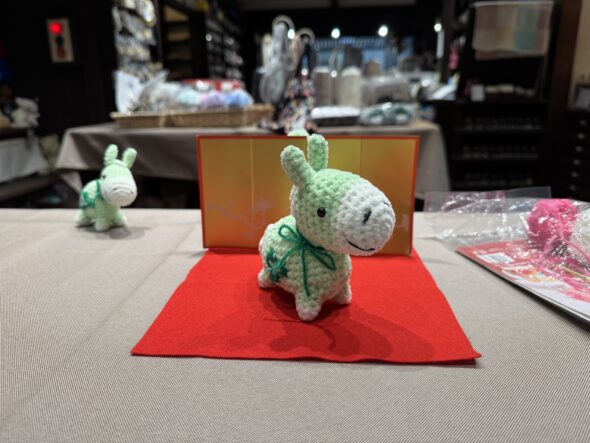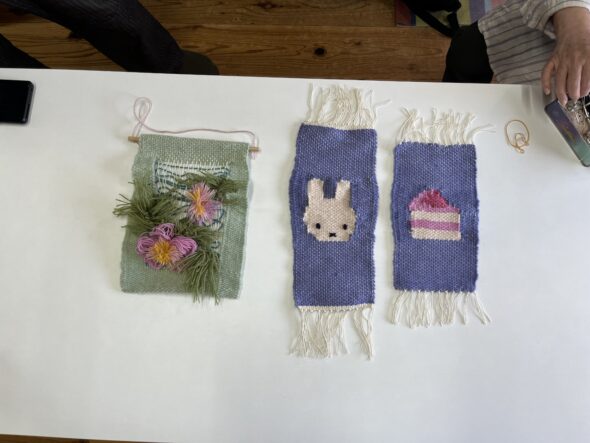 For my Community Involvement Project this semester I volunteered at Ohara Gakuin, an elementary and middle school in Ohara, a small town north of Kyoto. After a scenic bus ride up to the town, I spent my Wednesdays having lunch with the school’s students, assisting with their English classes, and observing other classes on a variety of subjects. Ohara Gakuin provided me with a look into the Japanese education system and the inner workings of an ordinary school. Studying the way in which teachers approached students of drastically different age groups and learning about English instruction in Japan was fascinating, and getting to know some of the kids over the course of my short time at the school was a lot of fun.
For my Community Involvement Project this semester I volunteered at Ohara Gakuin, an elementary and middle school in Ohara, a small town north of Kyoto. After a scenic bus ride up to the town, I spent my Wednesdays having lunch with the school’s students, assisting with their English classes, and observing other classes on a variety of subjects. Ohara Gakuin provided me with a look into the Japanese education system and the inner workings of an ordinary school. Studying the way in which teachers approached students of drastically different age groups and learning about English instruction in Japan was fascinating, and getting to know some of the kids over the course of my short time at the school was a lot of fun.
I would advise students looking into this CIP to definitely check it out, as it was a truly unique experience, particularly if you’re interested in working with children in the future or looking into the JET program. Try to take every opportunity to chat with the kids and other teachers, even if it’s awkward or neither party fully understands what’s being said. The kids generally want to get to know you, but can be shy or unsure of how much Japanese you understand— don’t be afraid to go for it and mess up!

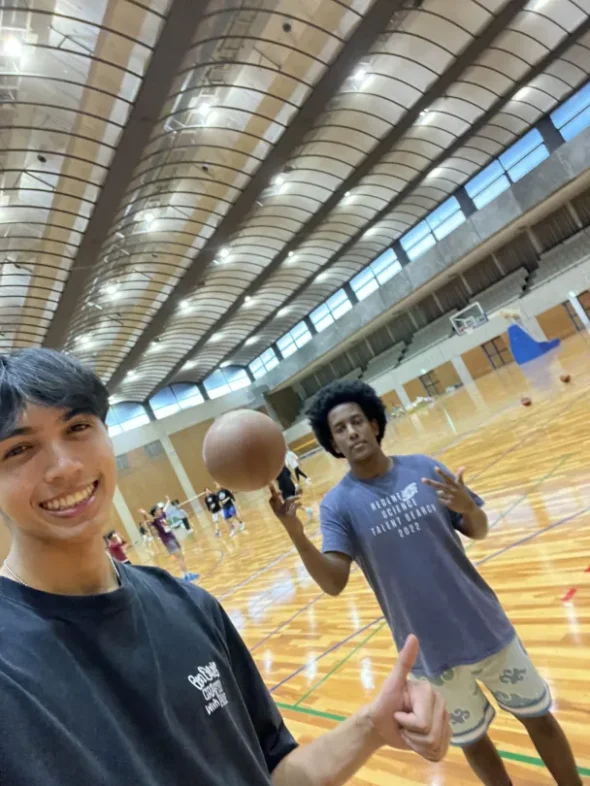 For my CIP, I joined Intensity, one of Doshisha’s basketball circles, where I participated in weekly practices throughout the semester. This circle holds practices on MTF from 3pm-6pm, and there are usually around 10-15 members who always show up.
For my CIP, I joined Intensity, one of Doshisha’s basketball circles, where I participated in weekly practices throughout the semester. This circle holds practices on MTF from 3pm-6pm, and there are usually around 10-15 members who always show up.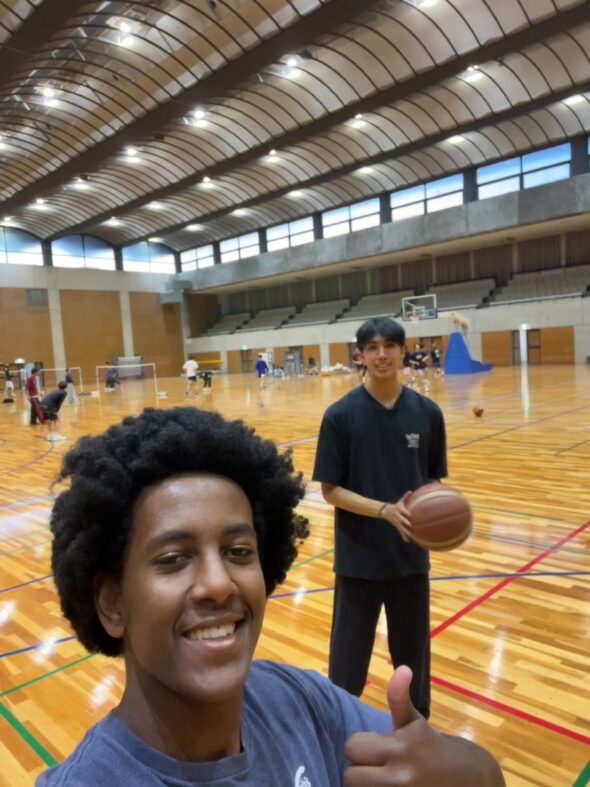 This semester, I had the opportunity to play basketball at the Kyotanabe campus with Doshisha’s basketball circle intensity. This club had practice about 3 times a week, during which the entire duration is provided for playing full court or shooting around.
This semester, I had the opportunity to play basketball at the Kyotanabe campus with Doshisha’s basketball circle intensity. This club had practice about 3 times a week, during which the entire duration is provided for playing full court or shooting around.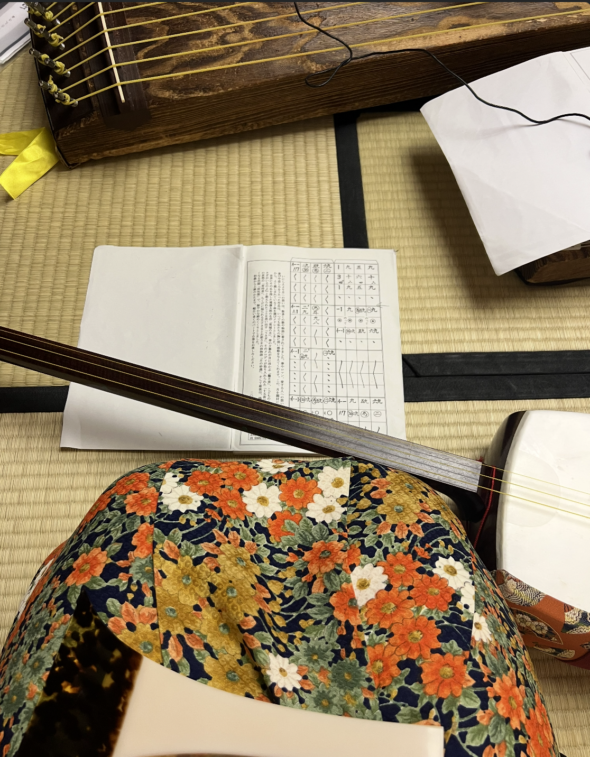
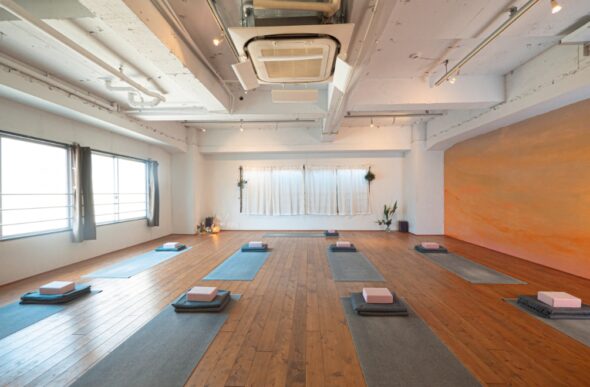
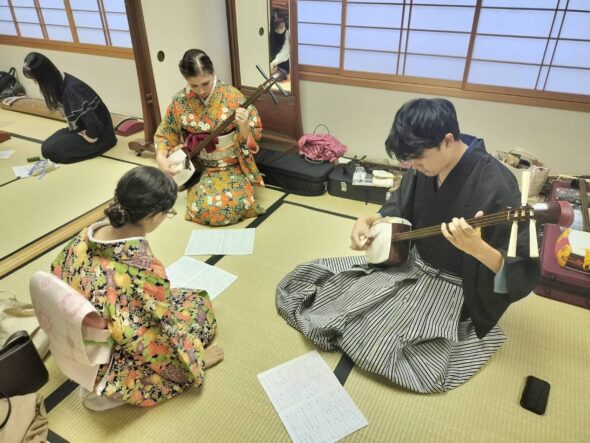
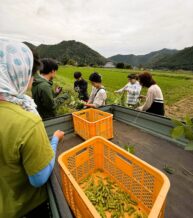 For my CIP, I joined Wasshoi, a circle at Kyoto University focused on agricultural activities, community engagement and rural revitalization in the small but beautiful village of Miyama. Together with a group of core members, I traveled to this village bimonthly to participate in activities such as edamame harvesting, building a corn maze for kids and harvesting thatch for a local renovation project!
For my CIP, I joined Wasshoi, a circle at Kyoto University focused on agricultural activities, community engagement and rural revitalization in the small but beautiful village of Miyama. Together with a group of core members, I traveled to this village bimonthly to participate in activities such as edamame harvesting, building a corn maze for kids and harvesting thatch for a local renovation project!